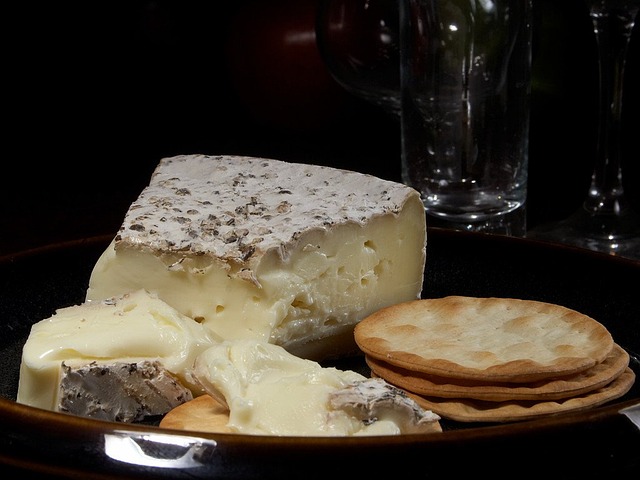In the framework of the HS Nomenclature 2017 Edition that will enter into force on 1 January 2017, the Committee (hereinafter - HSC) adopted the consolidated version of the amendments to the Explanatory Notes consequential upon the acceptance of the amendments and complementary amendments to the Nomenclature. The HSC also approved the 2017 version of the Interconnection Table, that is, the table that contains the correlations between the Harmonized System 2017 Edition and the product coverage of a number of selected international Conventions. (Source: World Customs Organization)
History
The harmonized system of customs classification enables countries all over the world, which represent the great majority in the world commerce, to share the 4 first numbers of all the customs nomenclatures. Such harmonization simplifies trade between market participants across the globe. The list of nomenclatures has considerably developed for the past 30 years. Customs classification has become more complex due to technical developments and developments in regulations.
Following the creation of the Customs Union on January 1, 2010, which turned into the Eurasian Economic Union on January 1, 2015, the new customs nomenclature was introduced across this zone.
The codification represents a larger version of the Harmonized System elaborated by the World Customs Organization.
To each product a code of 10 numbers is applied. Please find below the explanation of the French codification:

















